Esp -Eng Fotografiando la polillas Epipleminae o epiplemiine /Photographing
Saludos amigos de hive y insectos del mundo hoy les quiero compartír está hermosa polilla que encontré en la pared de mi sala me llamo mucho la atención ya que observé que mientras posaba mantenía sus alas aruchadas de una forma bastante extraña así que me hacer que muy silenciosamente con la camara de mi móvil y le tome estás fascinantes fotos.
Greetings friends of hive and insects of the world, today I want to share with you this beautiful moth that I found on the wall of my living room. It caught my attention because I noticed that while posing it kept its wings folded in a very strange way, so I quietly took these fascinating pictures with my cell phone camera.
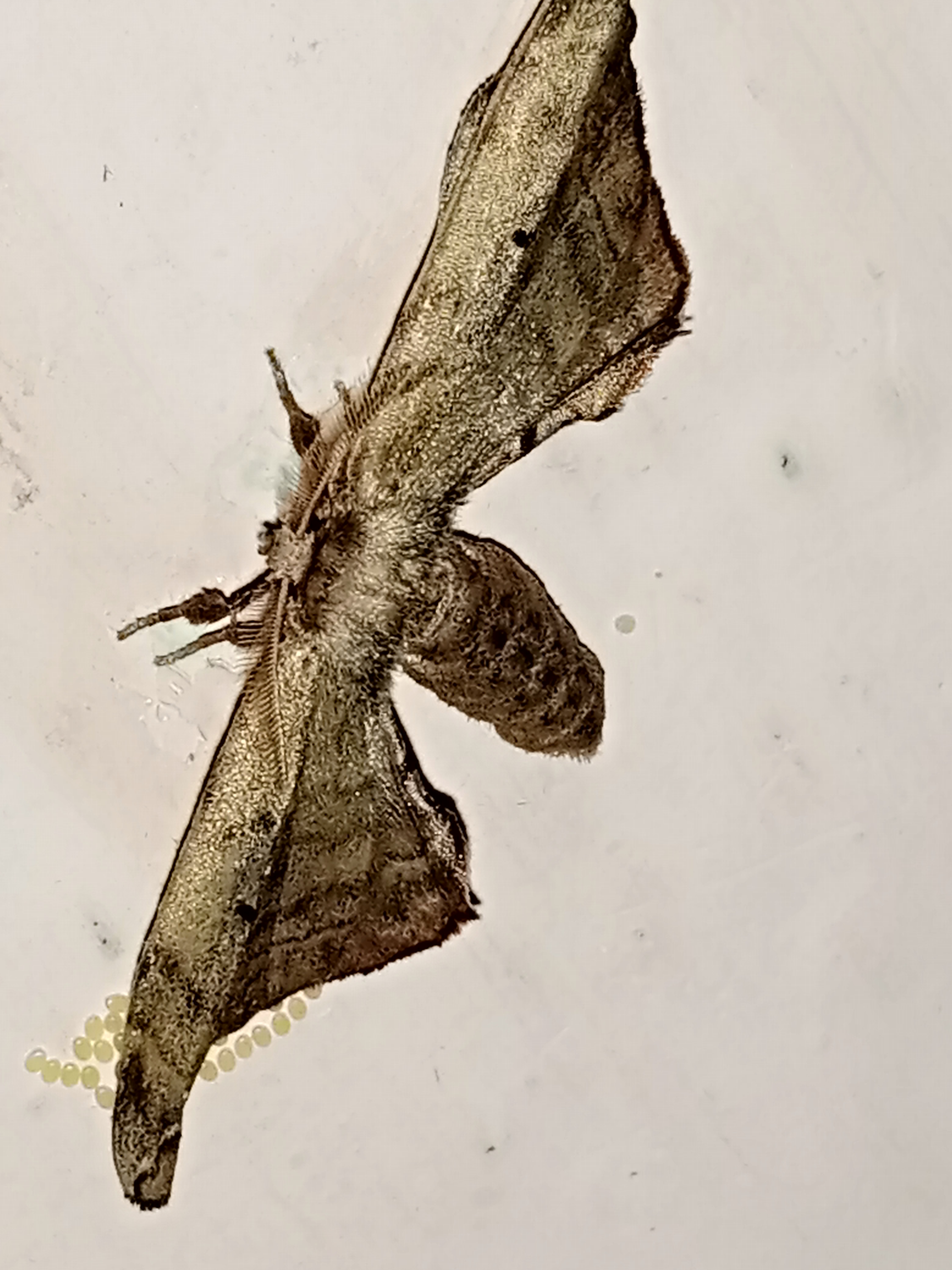
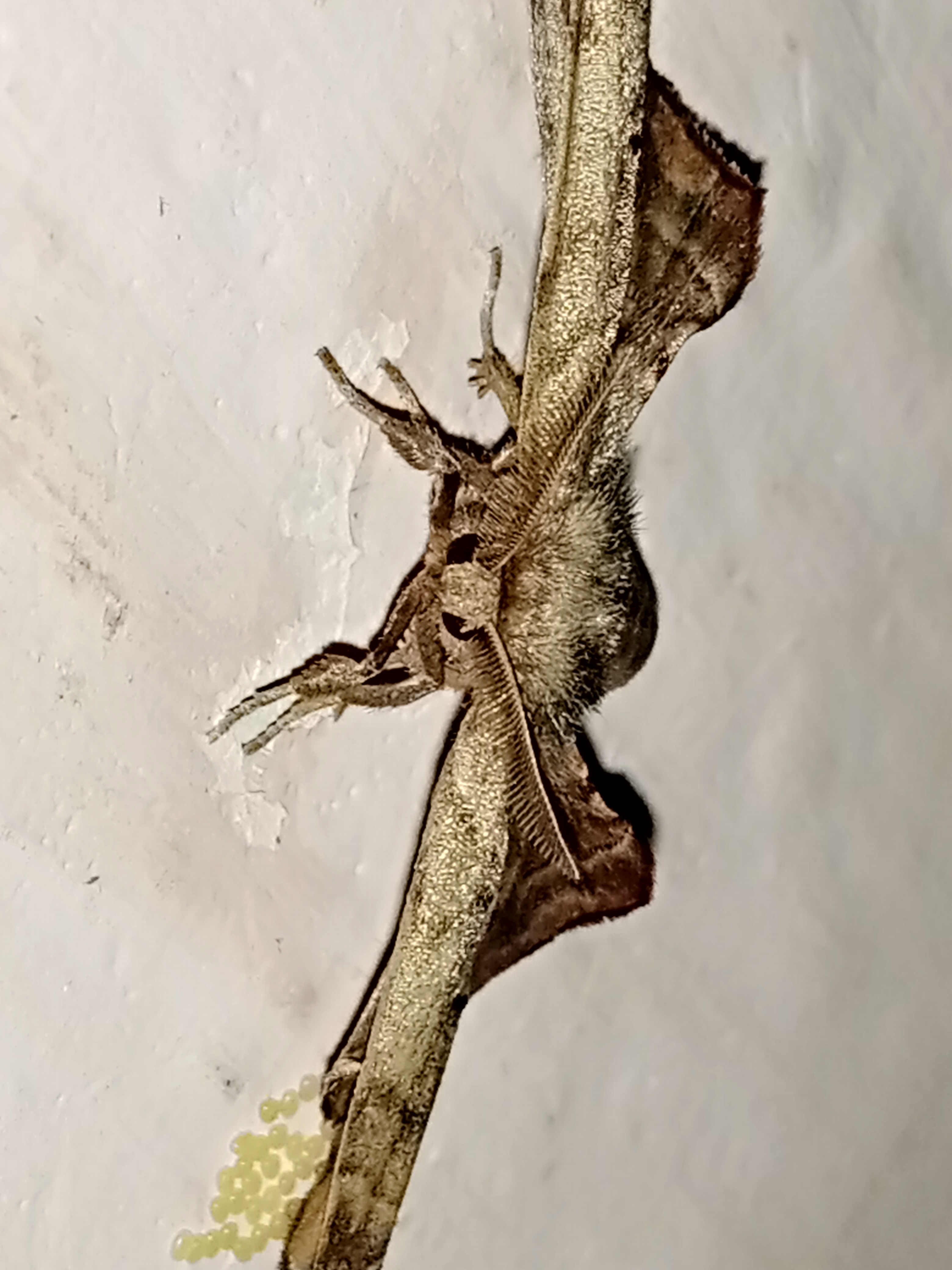
No solo pude observar su forma de enrollar sus alas sino que también debajo de ellas mantenía una especie de huevo en miniatura la cual me llamo mucho la atención , así que decidí tomar estas fotos de diferentes ángulos para así estudiar muy detalladamente sus características que en ese momento estaba observando atravesó del lente de la camara de mi móvil .
Not only could I observe the way it rolled up its wings, but also under them it kept a kind of miniature egg which caught my attention, so I decided to take these pictures from different angles to study in detail its characteristics that at that moment I was observing through the lens of the camera of my cell phone.
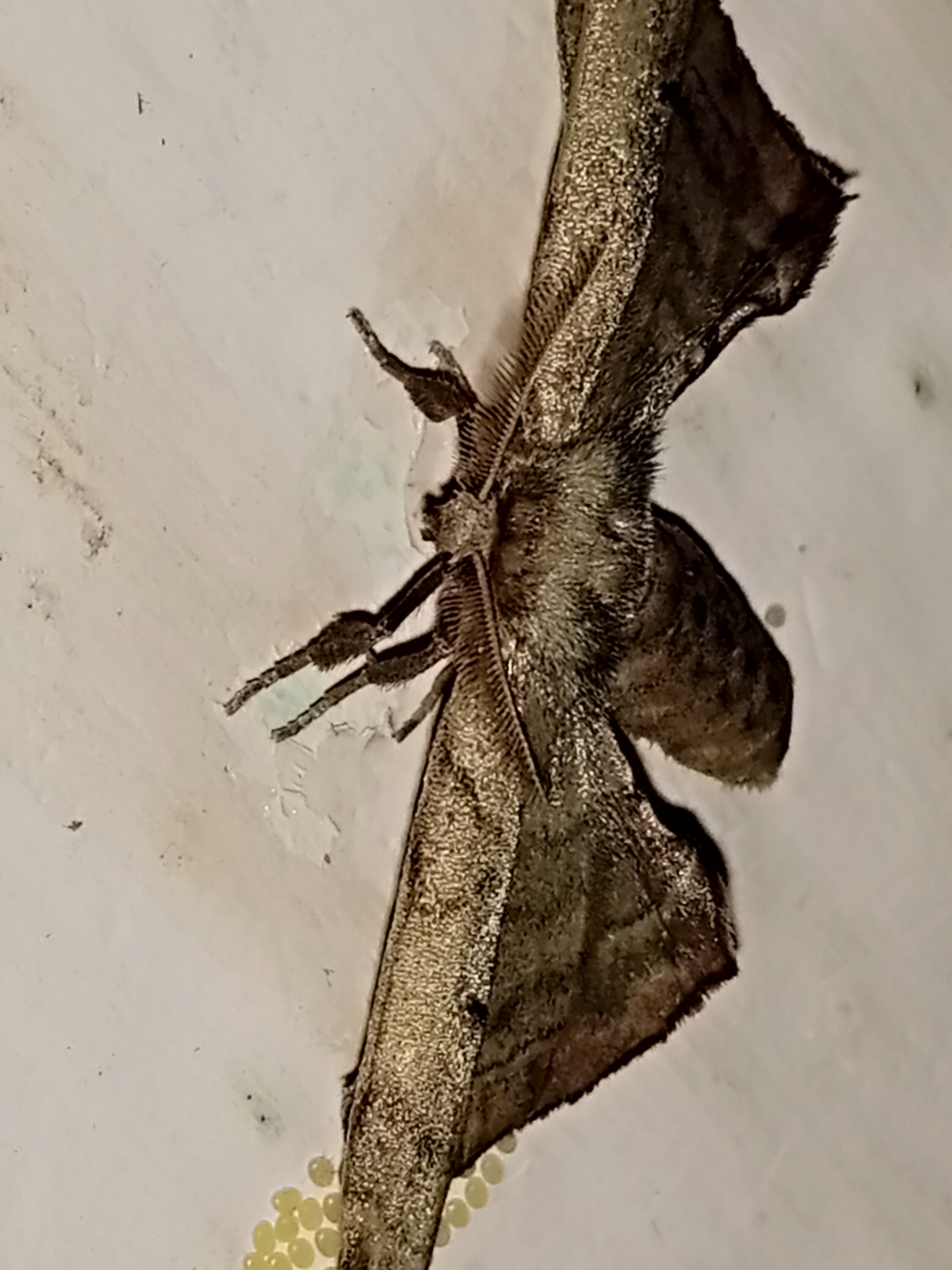

Sus alas son muy parecidas a una especie de hojas seca la cual le sirve de camuflaje para así evitar ser alimentos de otros es decir animales , está especie de polilla suele llegar a los hogares atraídos por la luz de nuestros bombillos en busca de refugio o en busca de alimento de otro animales más pequeño que ellos ,utilizado así la cadena alimenticia.
Its wings are very similar to a kind of dry leaves which serves as camouflage to avoid being food for other animals, this species of moth usually comes to homes attracted by the light of our bulbs in search of shelter or in search of food for other animals smaller than them, thus using the food chain.
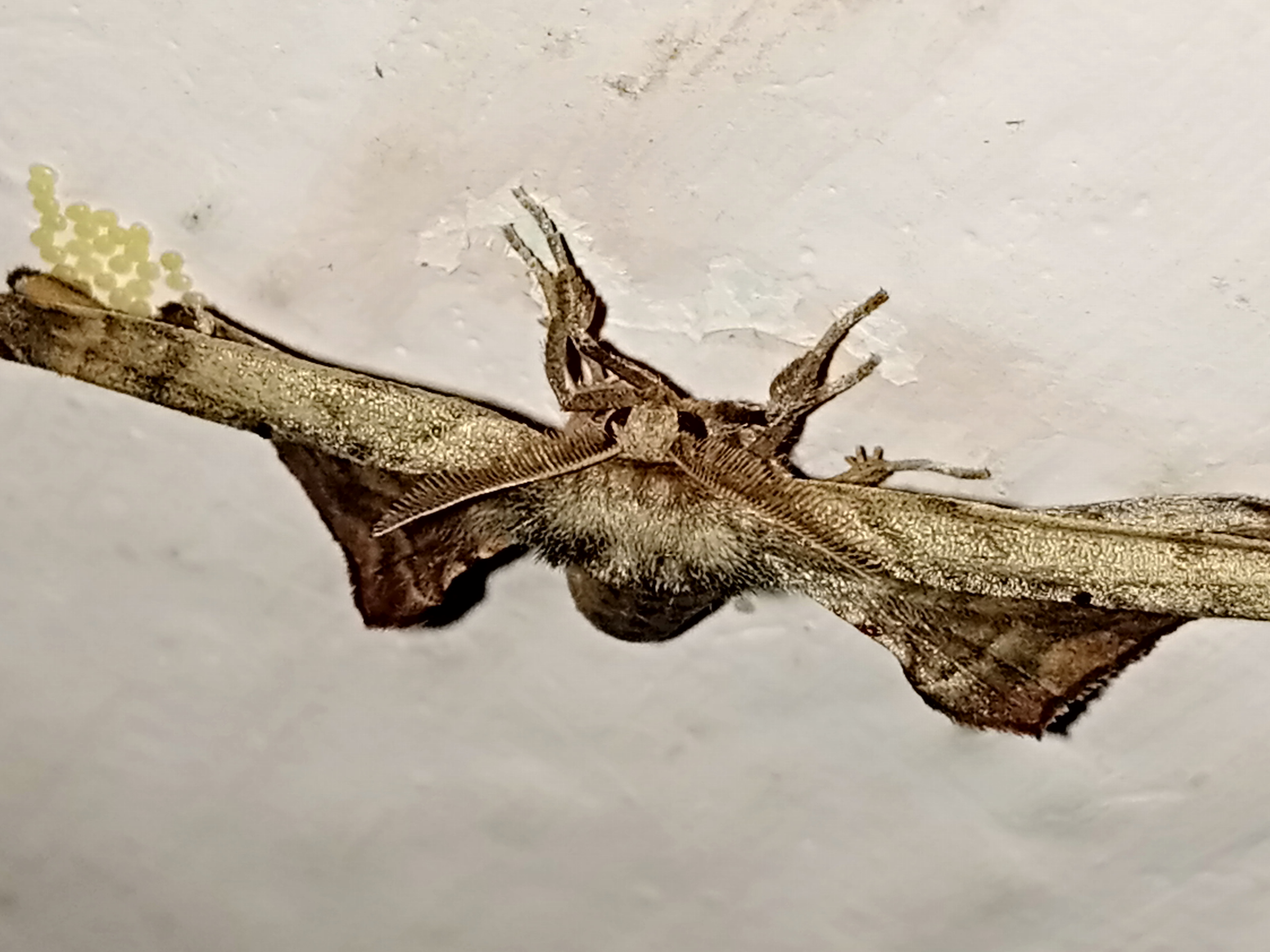
Esta polilla suele a parecer más que todo en tiempos de invierno que es cuando nuestro productores comienzan a sembrar sus hortalizas y son una especie de amenaza para la siembra ya que sus larvas tiende a alimentarse de los brotes de los cogollo tiernos de sus plantas.
This moth tends to appear mostly in winter time, when our growers begin to plant their vegetables and are a kind of threat to planting because their larvae tend to feed on the buds of the tender buds of their plants.
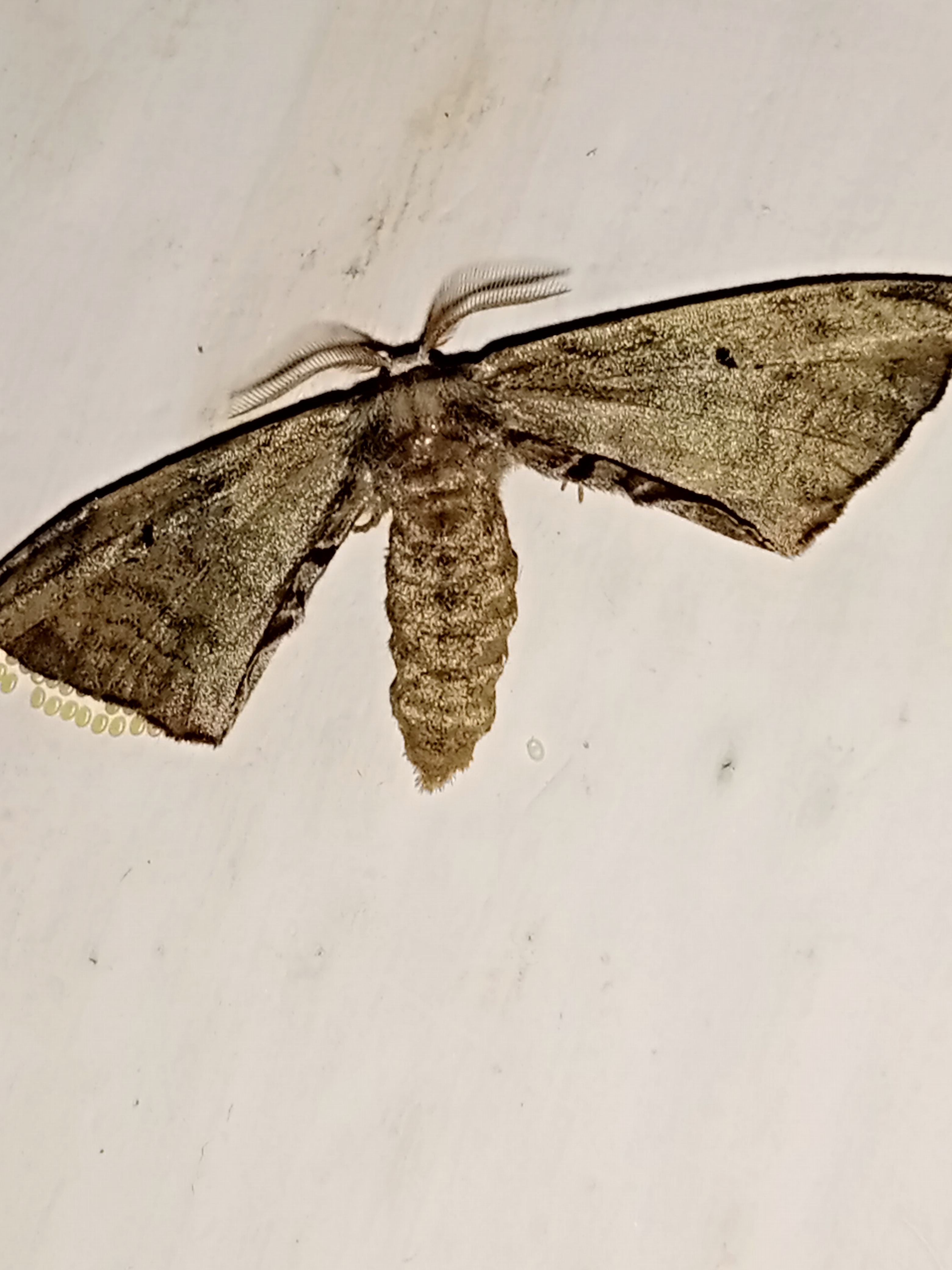

Ubicacion los llanos centrales de Venezuela
Location the central plains of Venezuela.
<The photos are of my authorship taken with my phone
Infinix hot 11
Su post ha sido valorado por @ramonycajal
We appreciate your work and your post has been manually curated on behalf of Insects Of The World Community. It will be added to the weekly curation report. Keep up the good work.
We appreciate your work and your post was manually curated by @none! from the DNA team!
Reach us on Discord to learn more about the project!